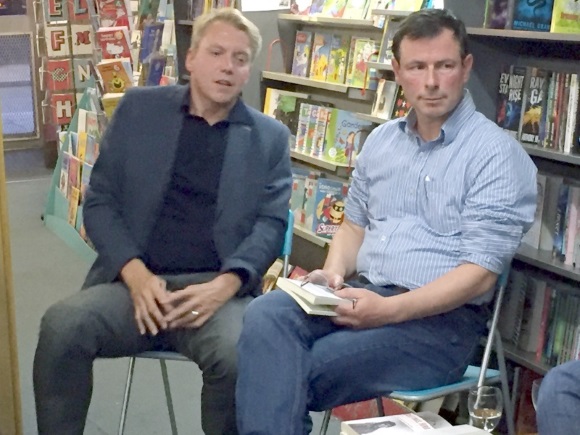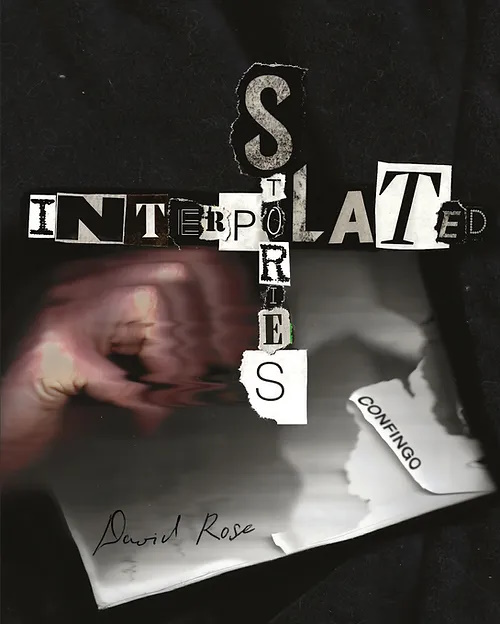I first read David Wheldon’s novel The Viaduct in London in the 1980s. I had dropped out of college in Dublin and ended up on the building sites of London, living in Kilburn, then Cricklewood, then Neasden.
The novels I was used to reading at that time were very much concerned with faithfully depicting authentic characters. Authentic characters seemed a rarity to be sought out in the East End, or the small fields of Mayo, or perhaps among building site workers. I didn’t feel myself to be a real character, nor were those around me. Wheldon’s novels spoke to me: the fugitive nature of identity and the surreal unspecified settings mapped more accurately to reality as I experienced it.
I wrote a personal essay on my encounter with Wheldon’s novels (The Viaduct and The Course of Instruction) for The Stinging Fly. One theme of the essay was how Wheldon’s books – though successful at the time – totally dropped out of awareness. That is to say, as judged by the almighty Google. I think that might have been because he ceased to have his fiction published before the Rise of the Internet. He concentrated more on his career as a medical doctor.
To cut a long story short, great news! The novels are being reissued by Valancourt in the USA. Valancourt is a publishing house that’s long been on my radar. When first set up they specialised in neglected gothic, horror, and early gay novels but have broadened out to reissuing any novels they deem to be lost classics. I’d read a few of their titles, including Pasmore by David Storey.
James Jenkins contacted me to invite me to write an introduction to the novels. I am sincerely honoured and humbled by this. I feel it’s a task for a writer who has achieved more than me, and that I must do more to deserve this.
- The Viaduct (1983), the first novel by David Wheldon (1950-2021), was chosen by Graham Greene and William Trevor as the winner of the Triple First Award and earned praise from critics on both sides of the Atlantic, who compared it to the works of Franz Kafka and Samuel Beckett. A haunting, enigmatic novel told in a stark prose style that reinforces the book’s surreal, dreamlike quality, it is a story that is both compulsively readable and endlessly thought-provoking. This reissue of Wheldon’s cult classic is the first in decades and features a new introduction by Aiden O’Reilly.










 Valancourt The Viaduct reissue
Valancourt The Viaduct reissue .
. Irish Times Q+A
Irish Times Q+A